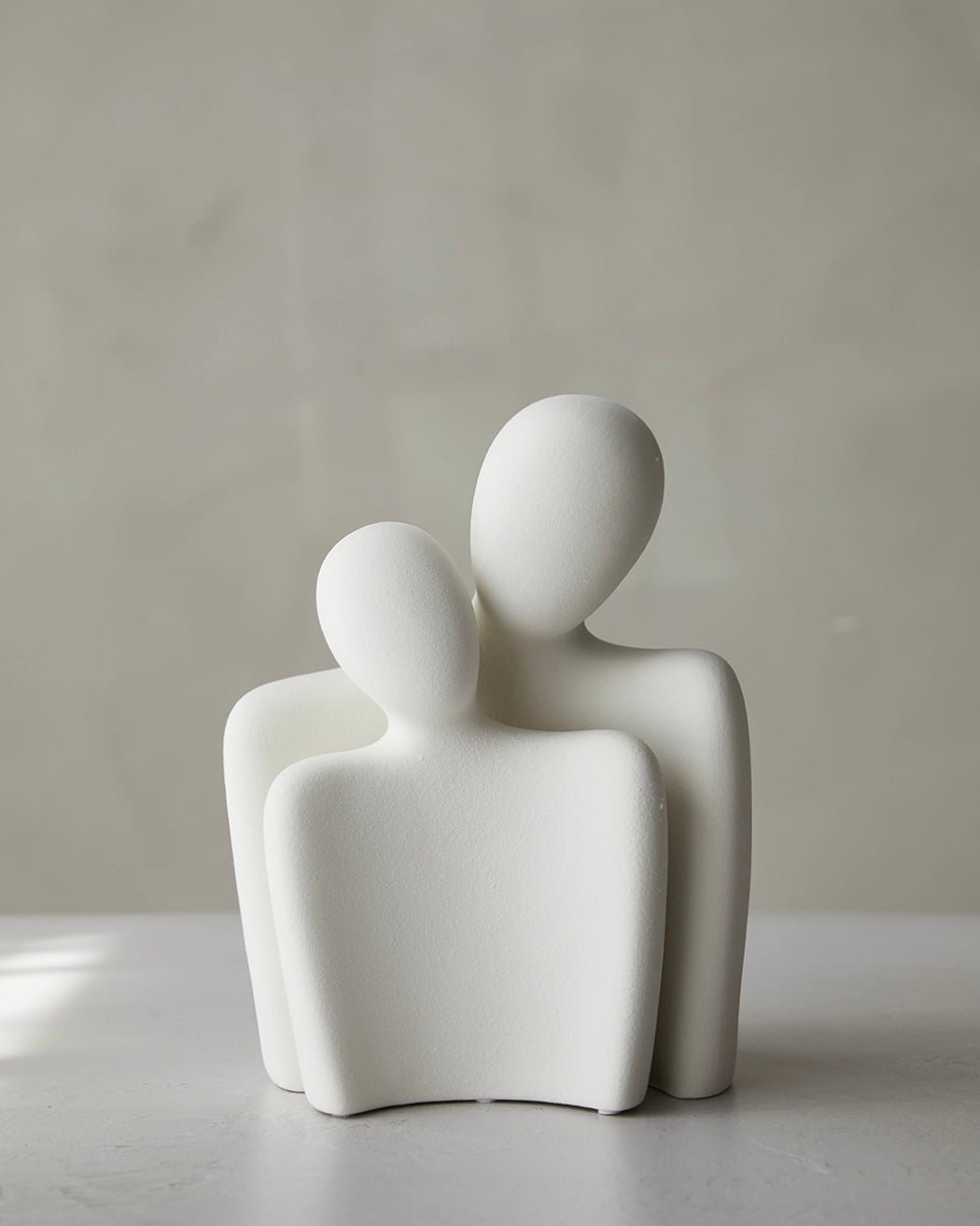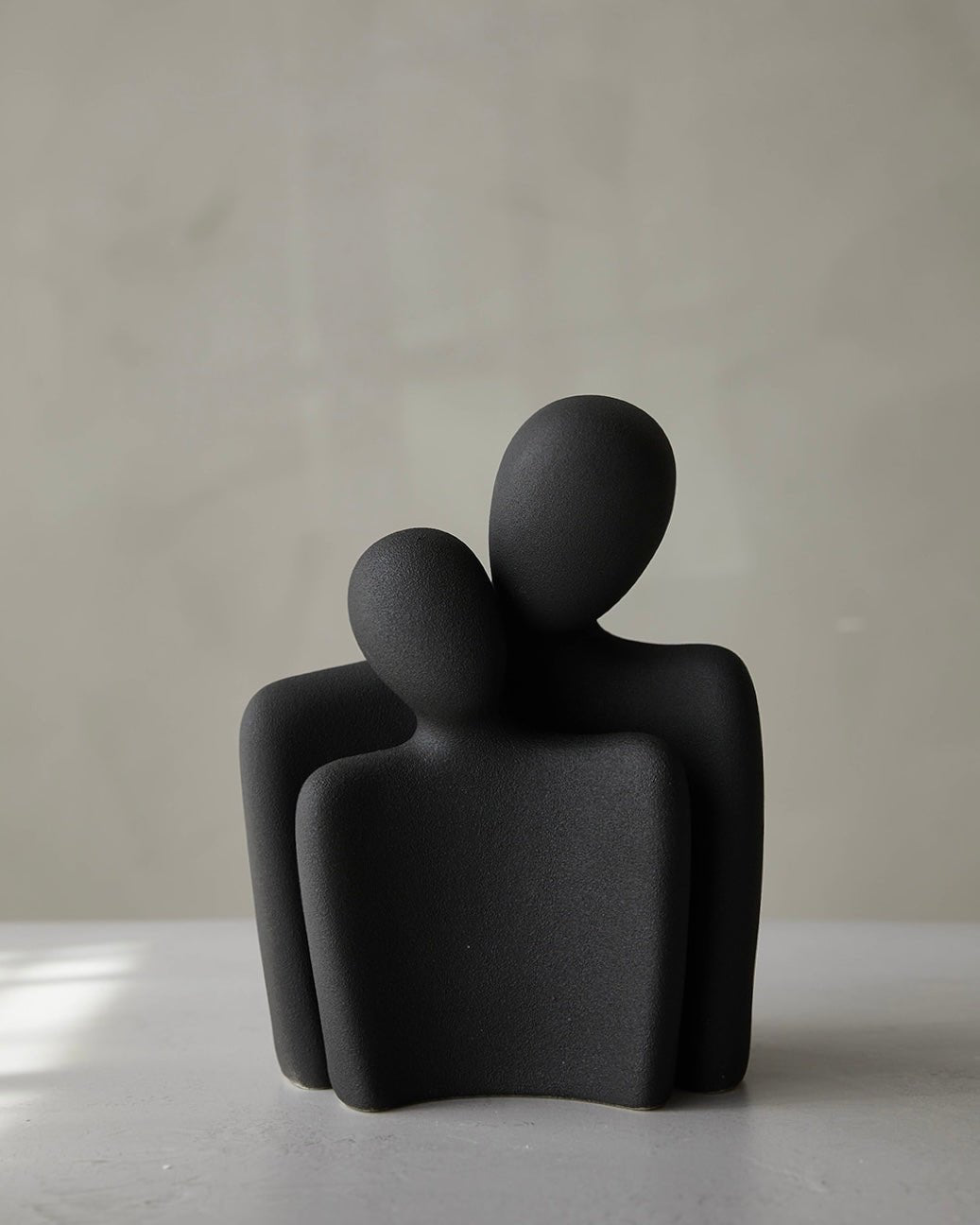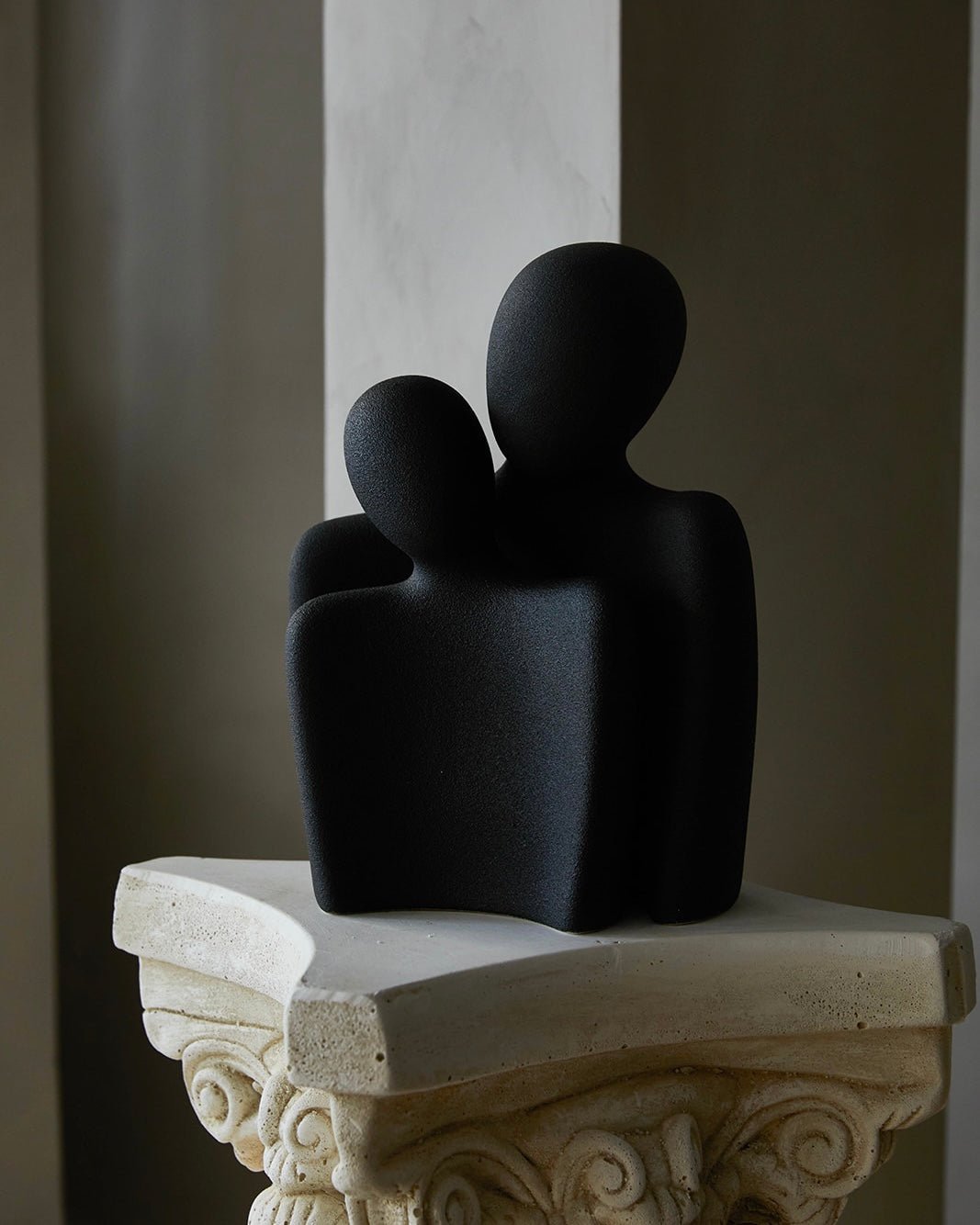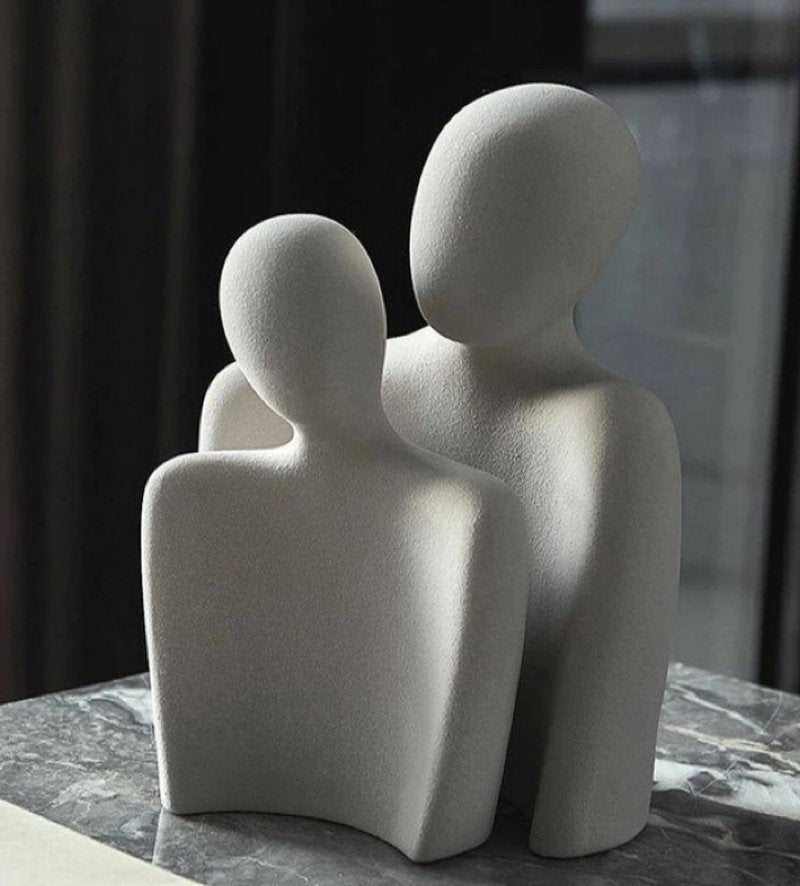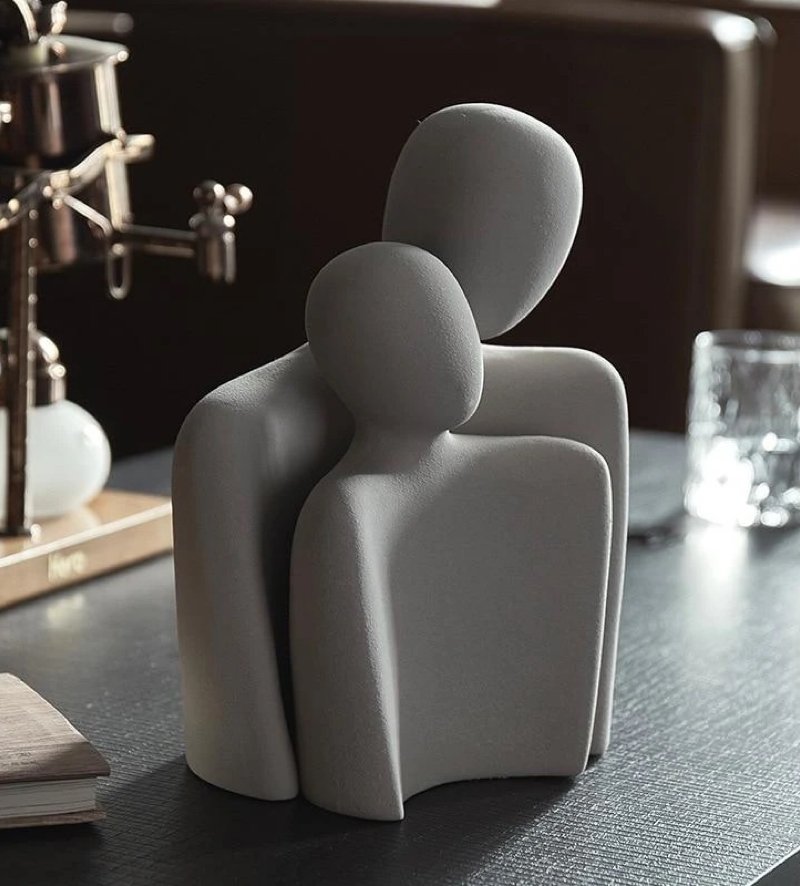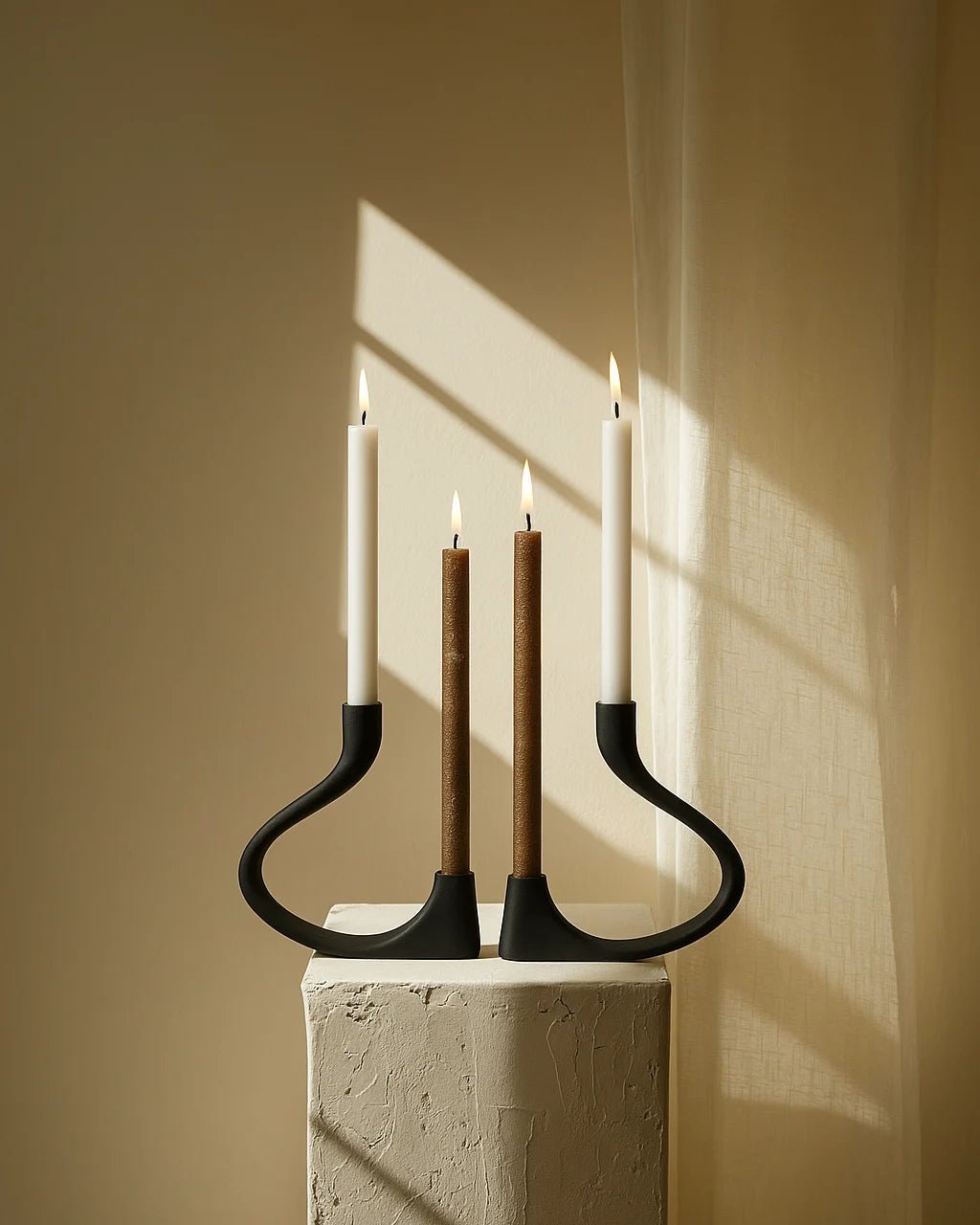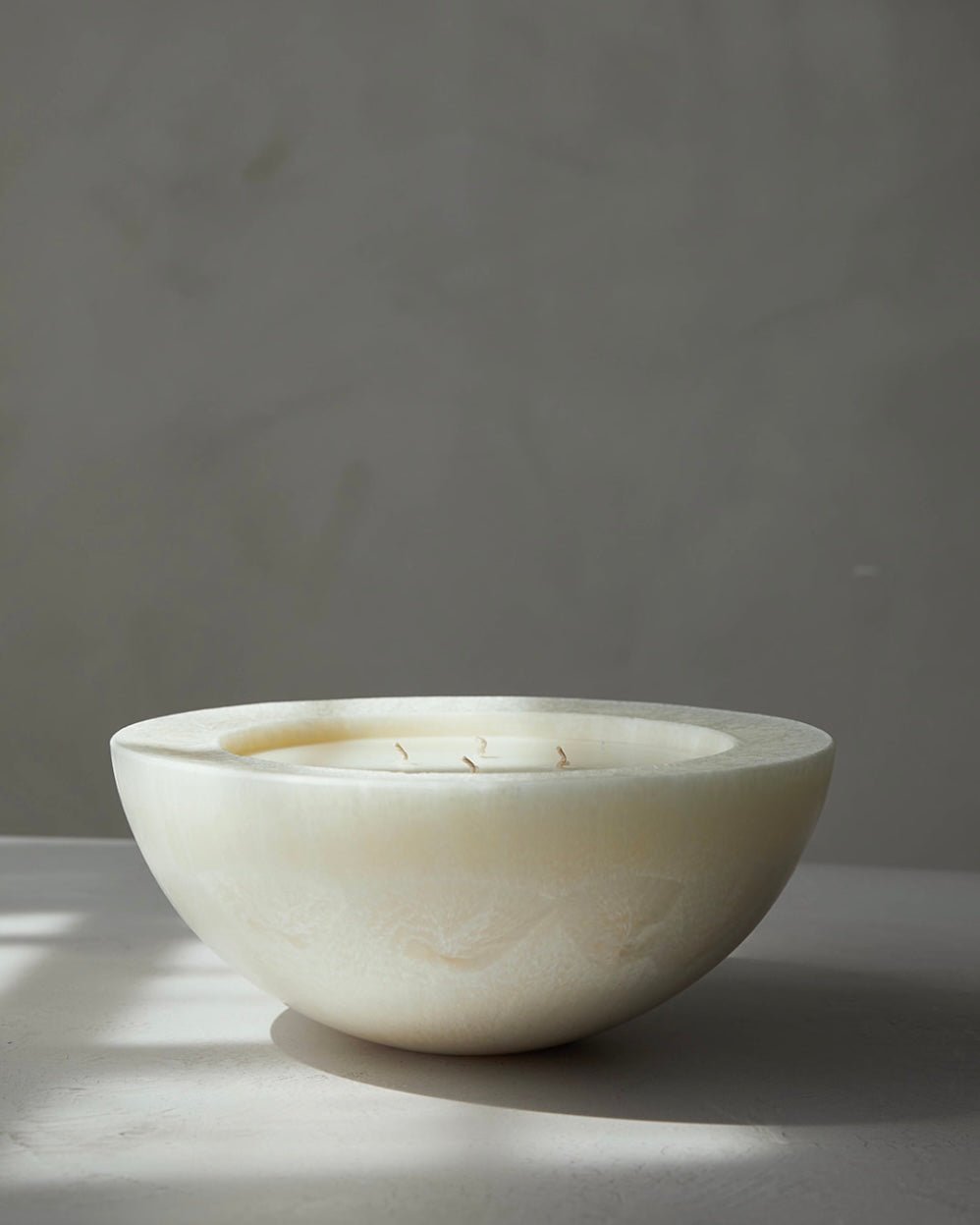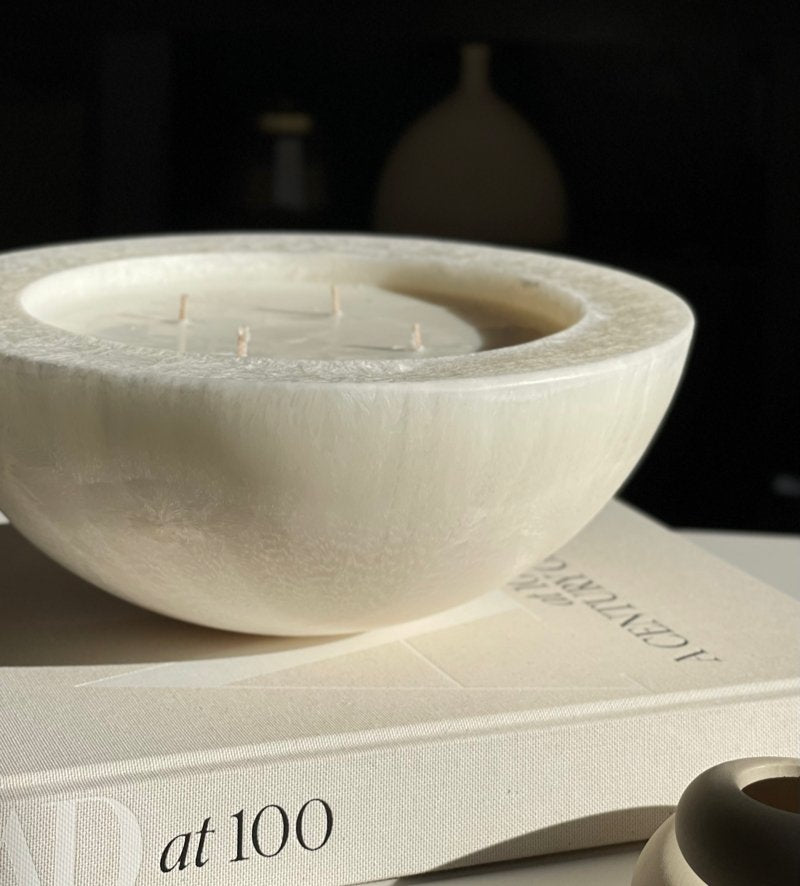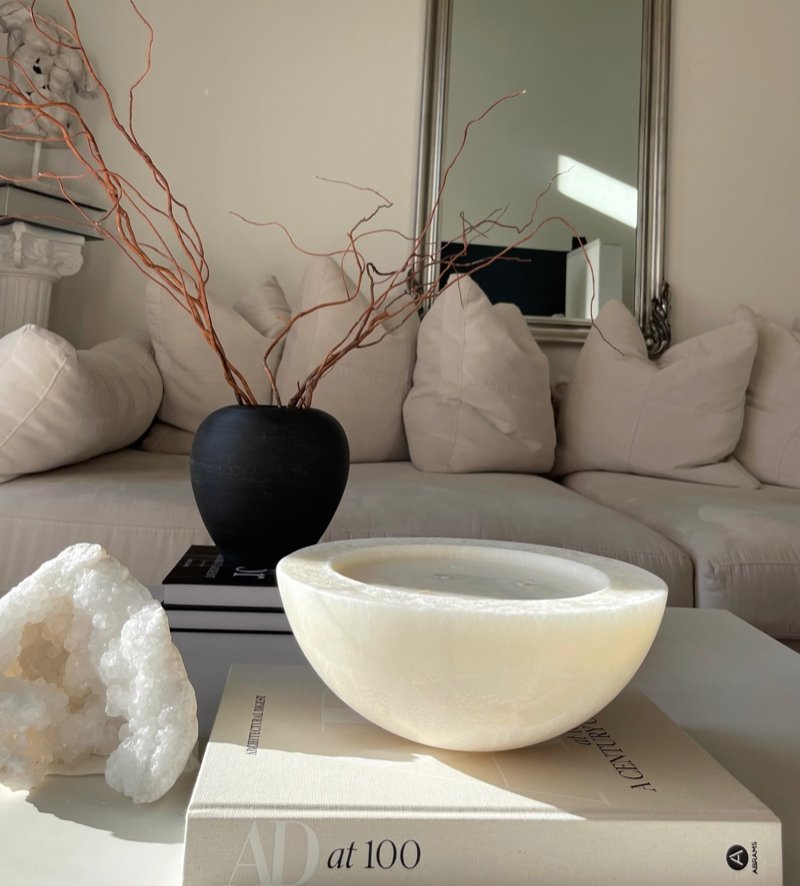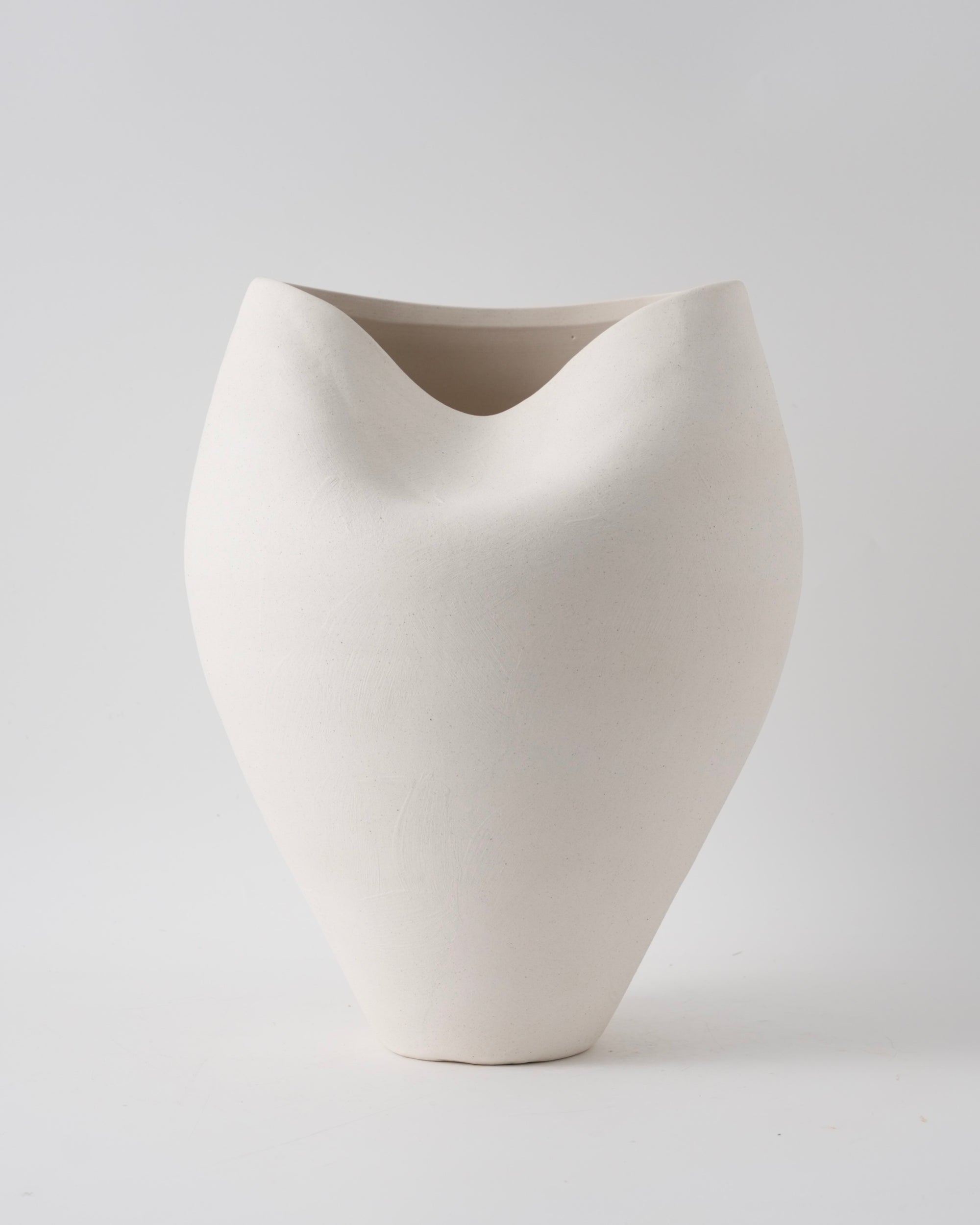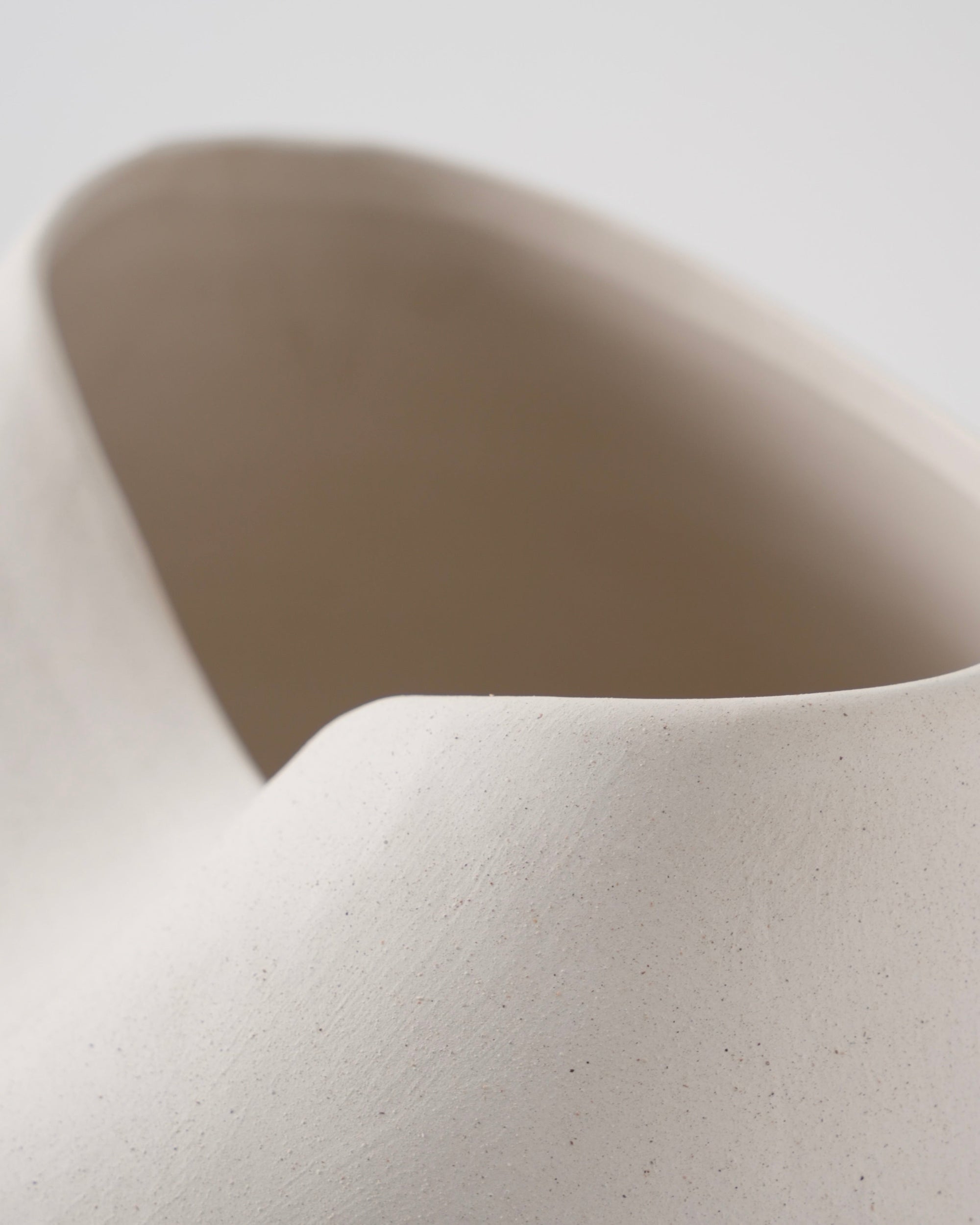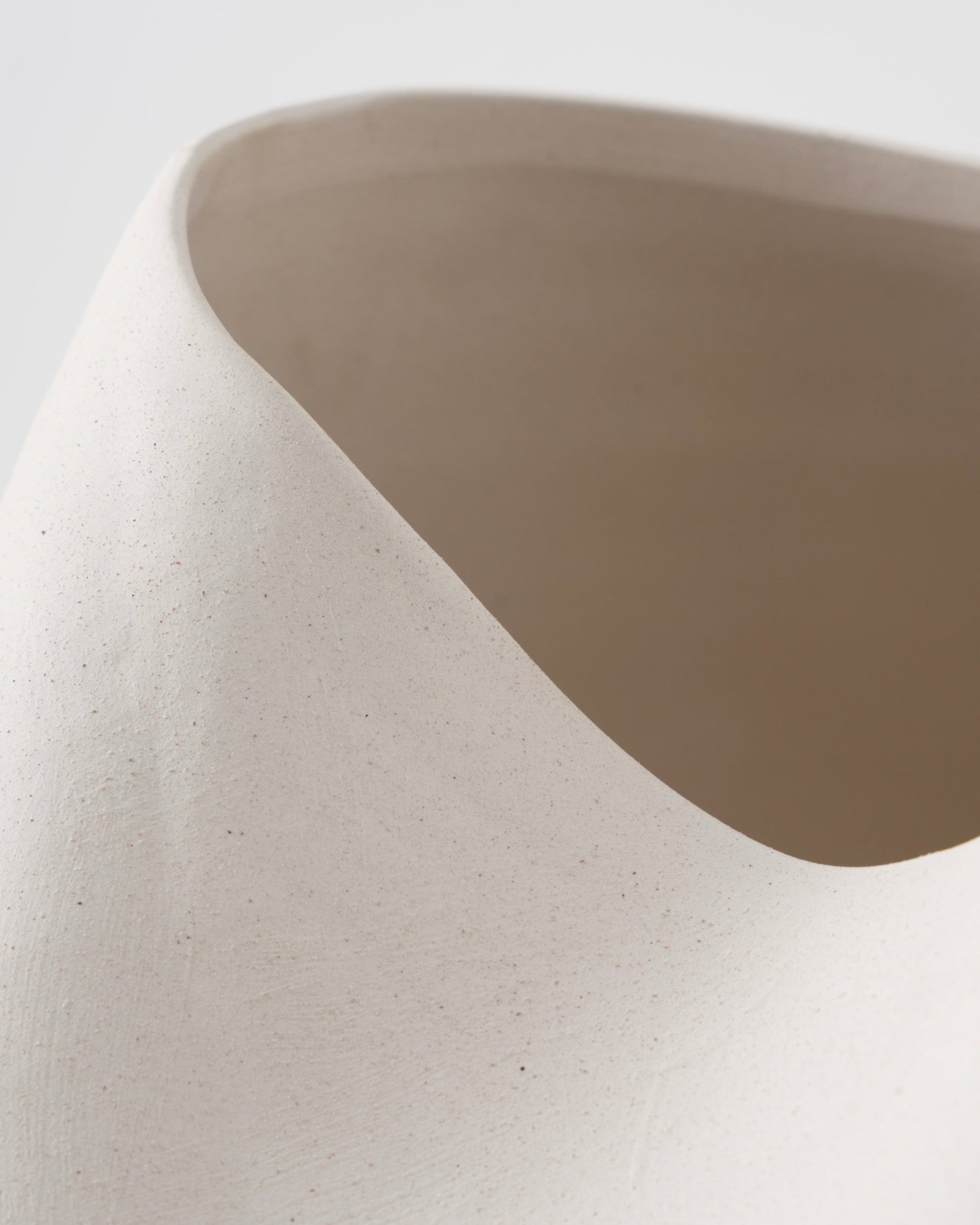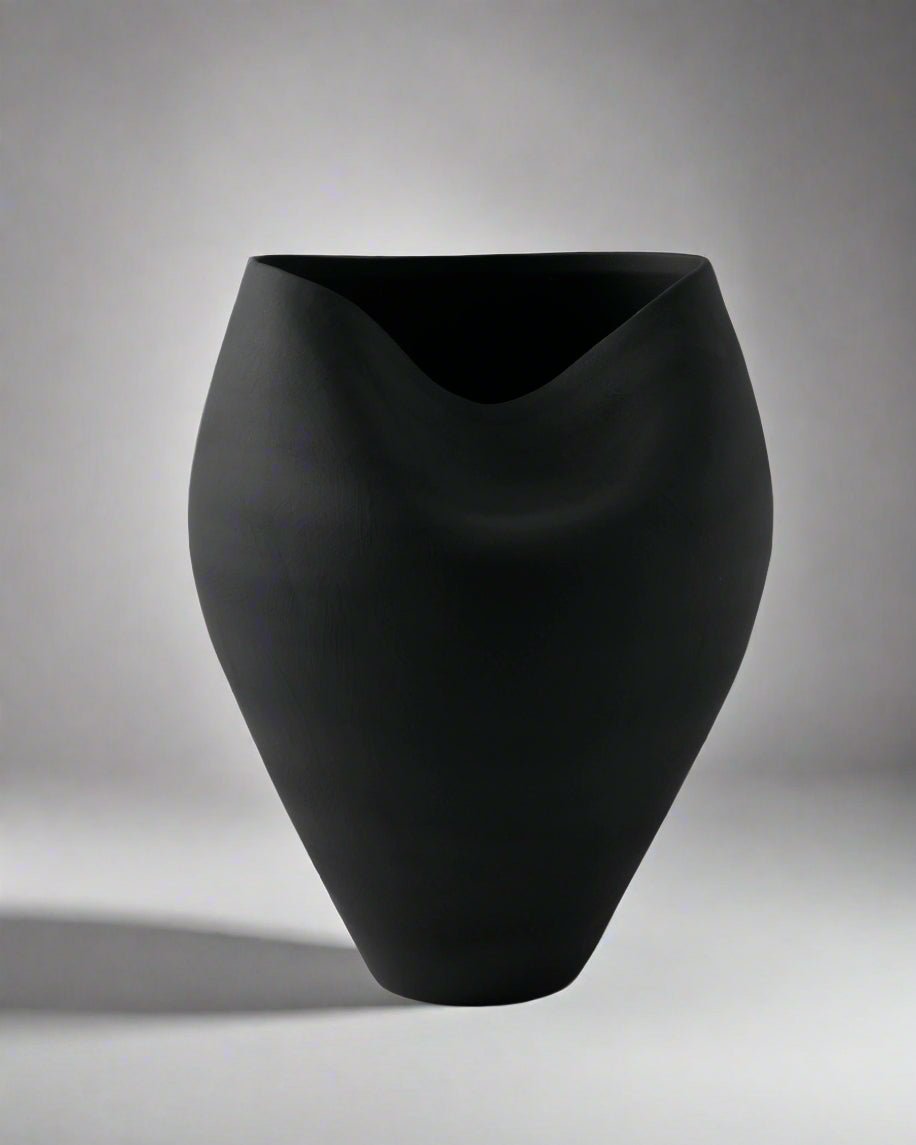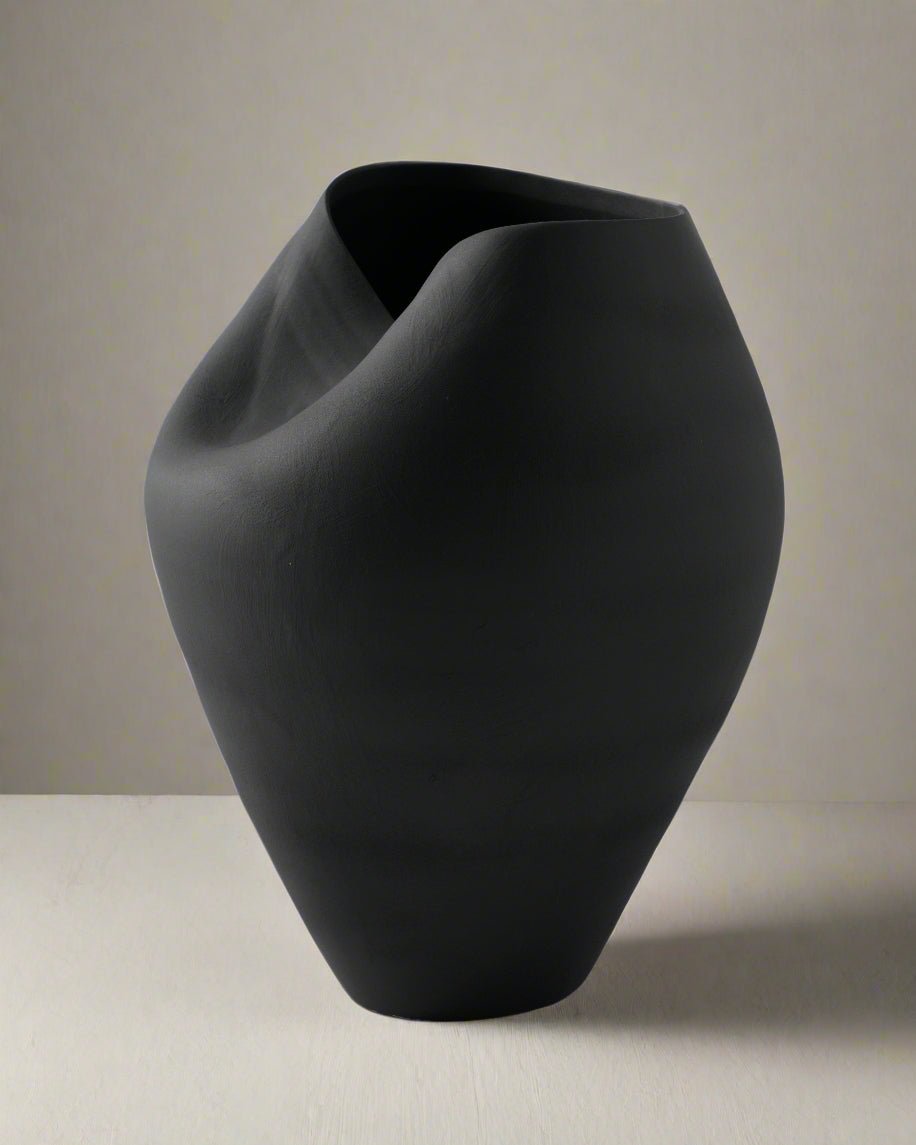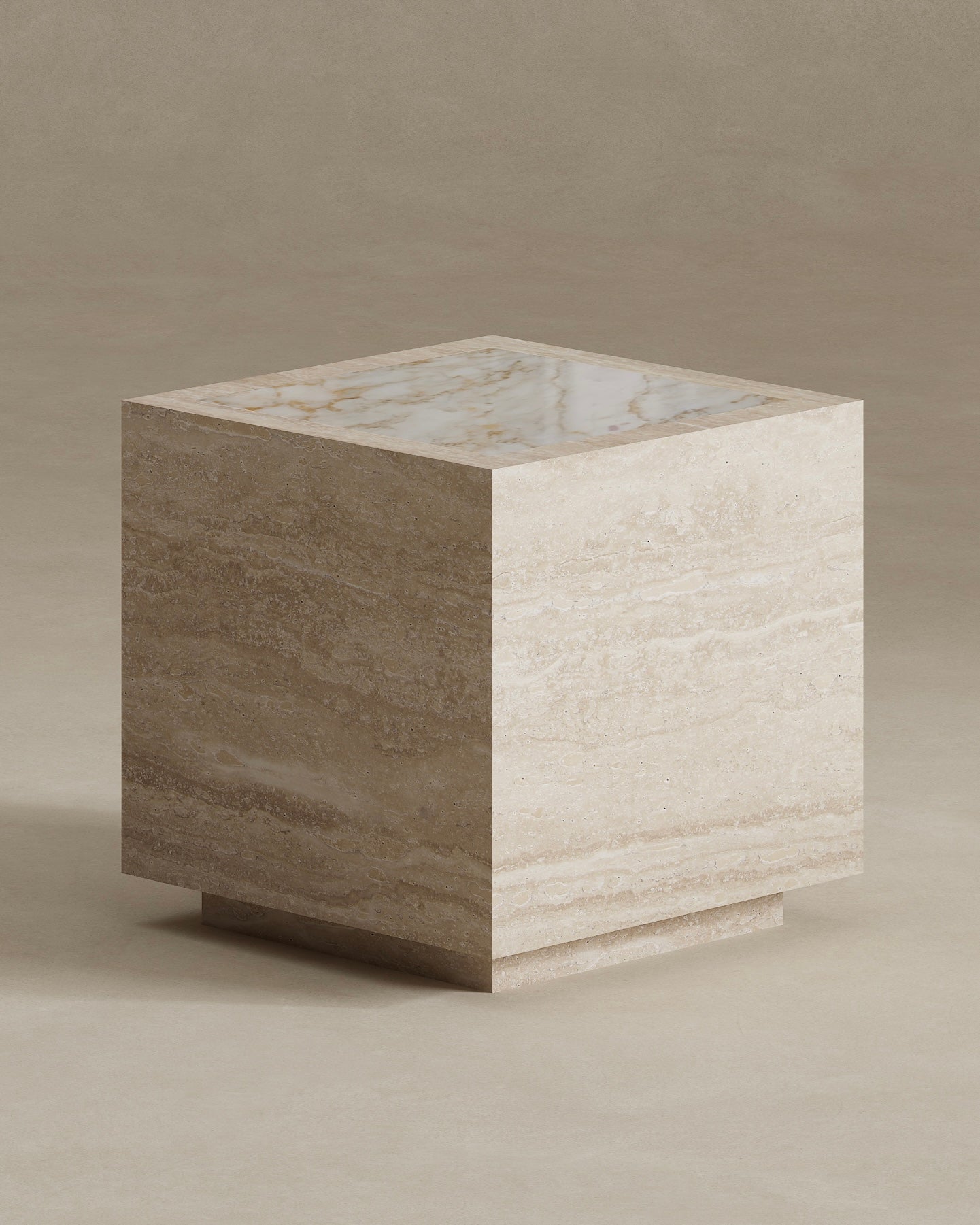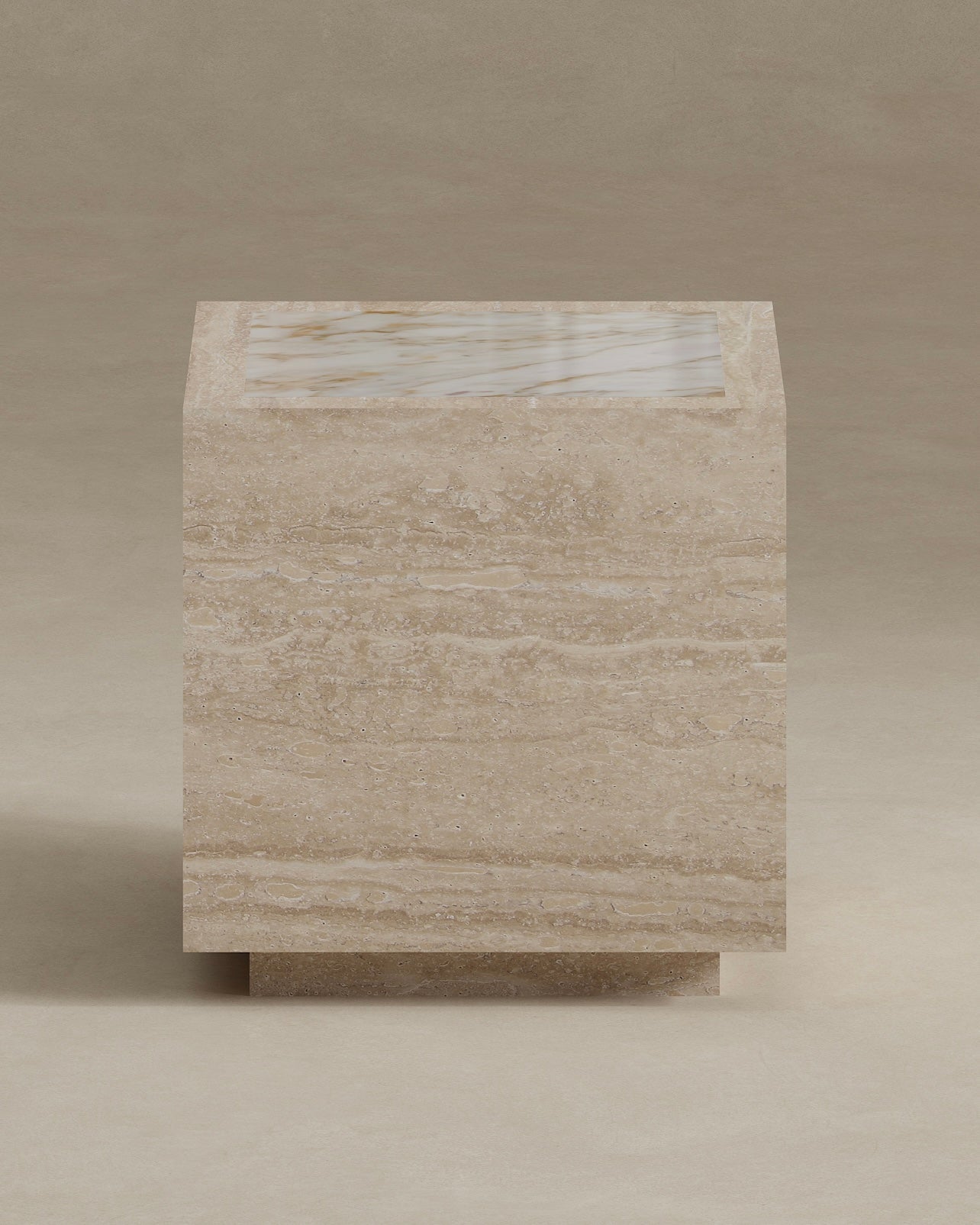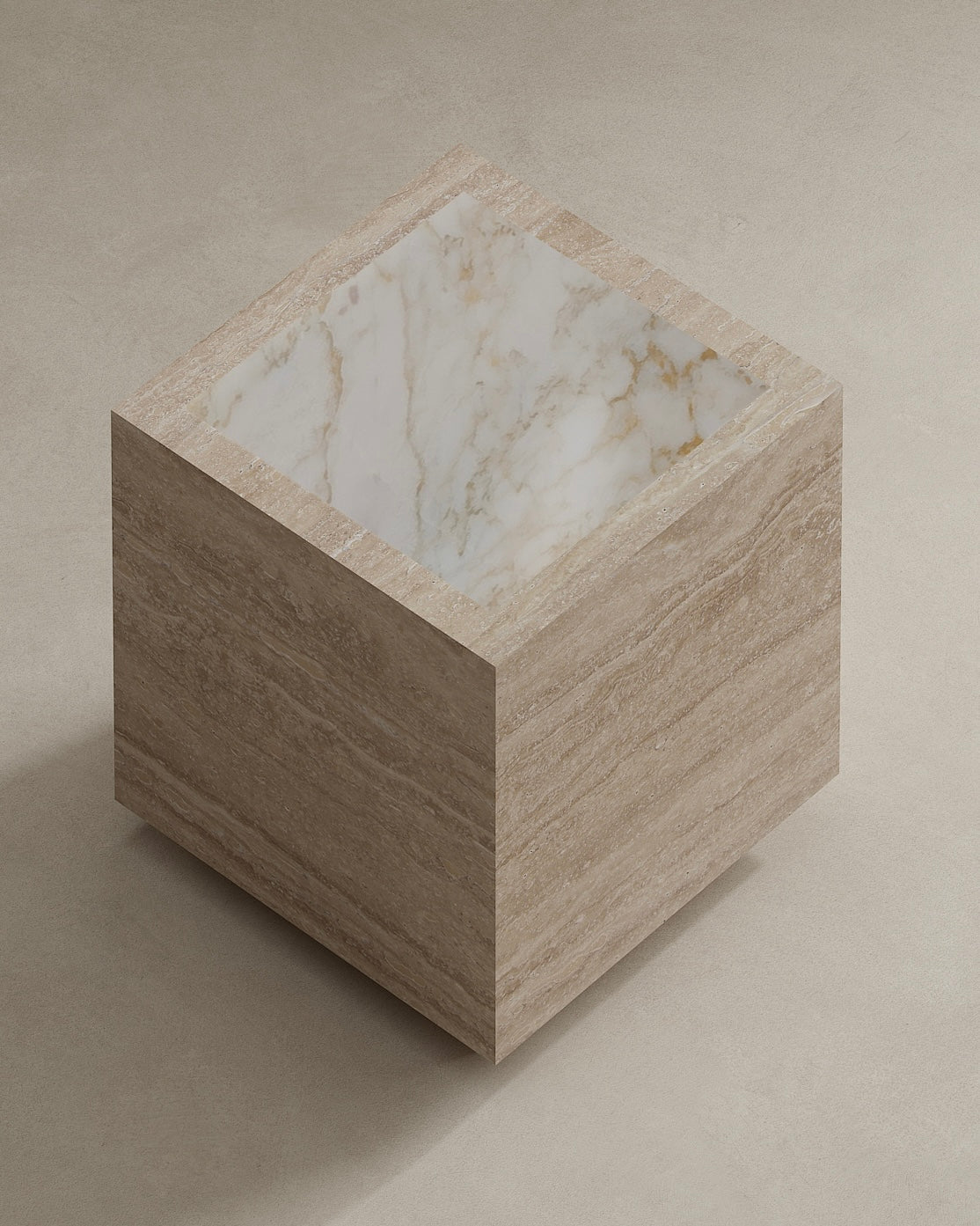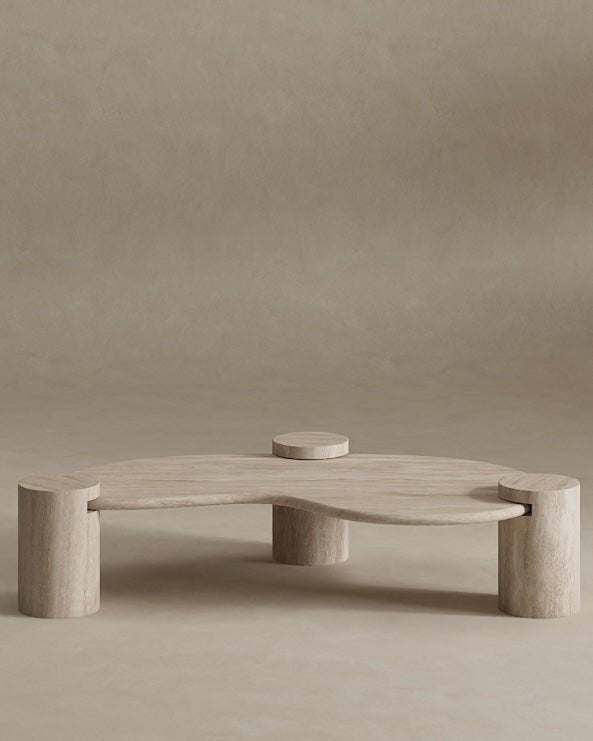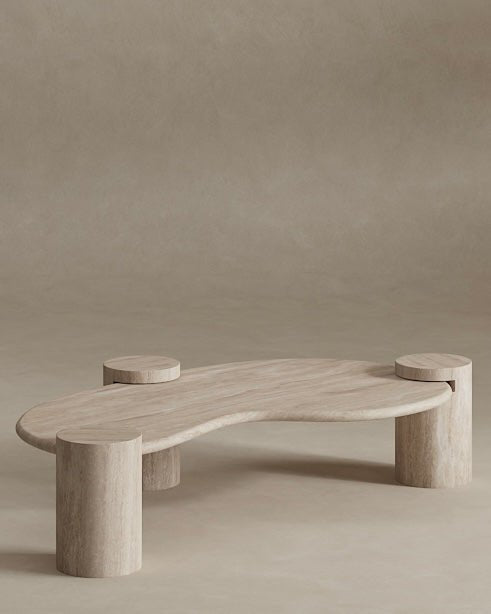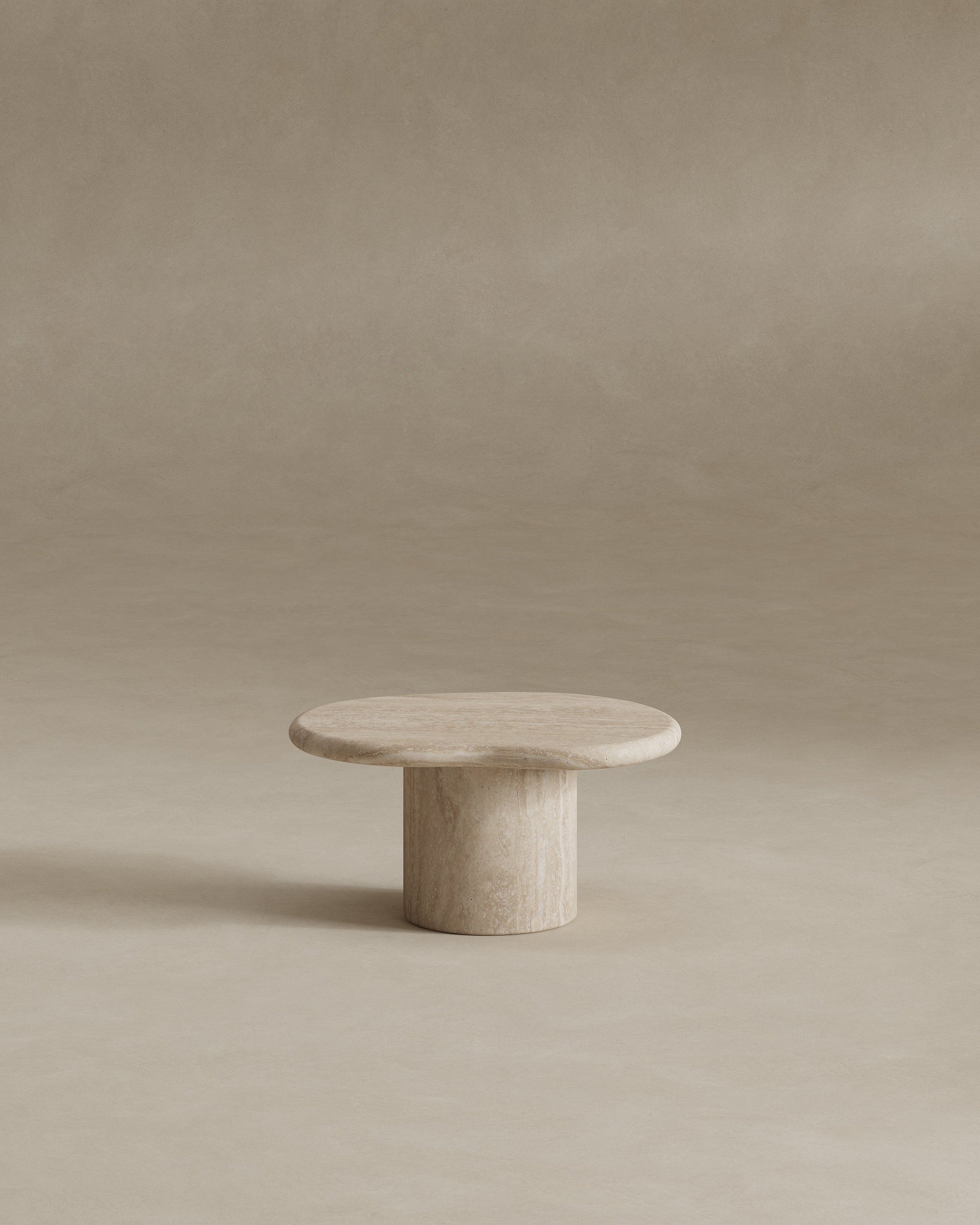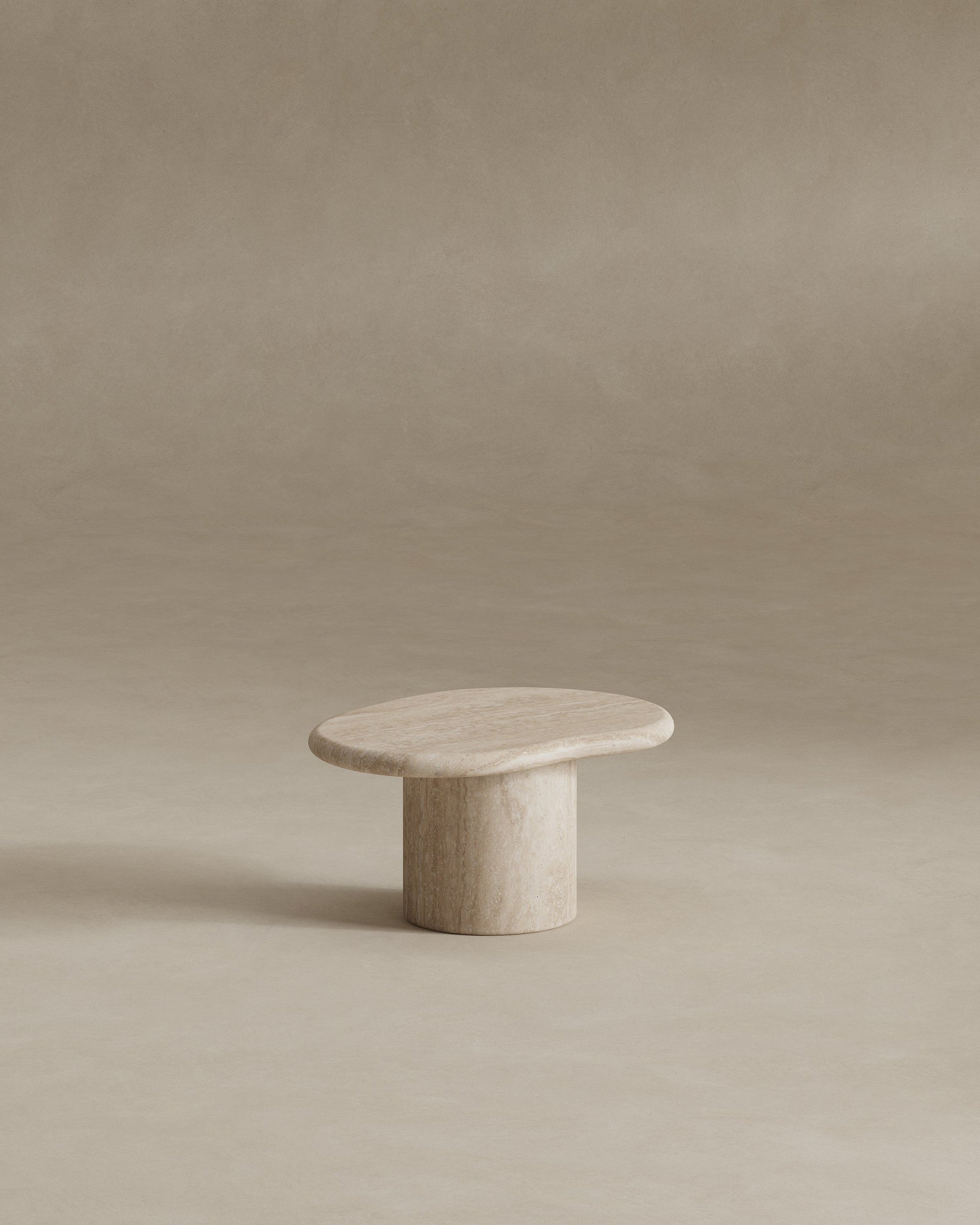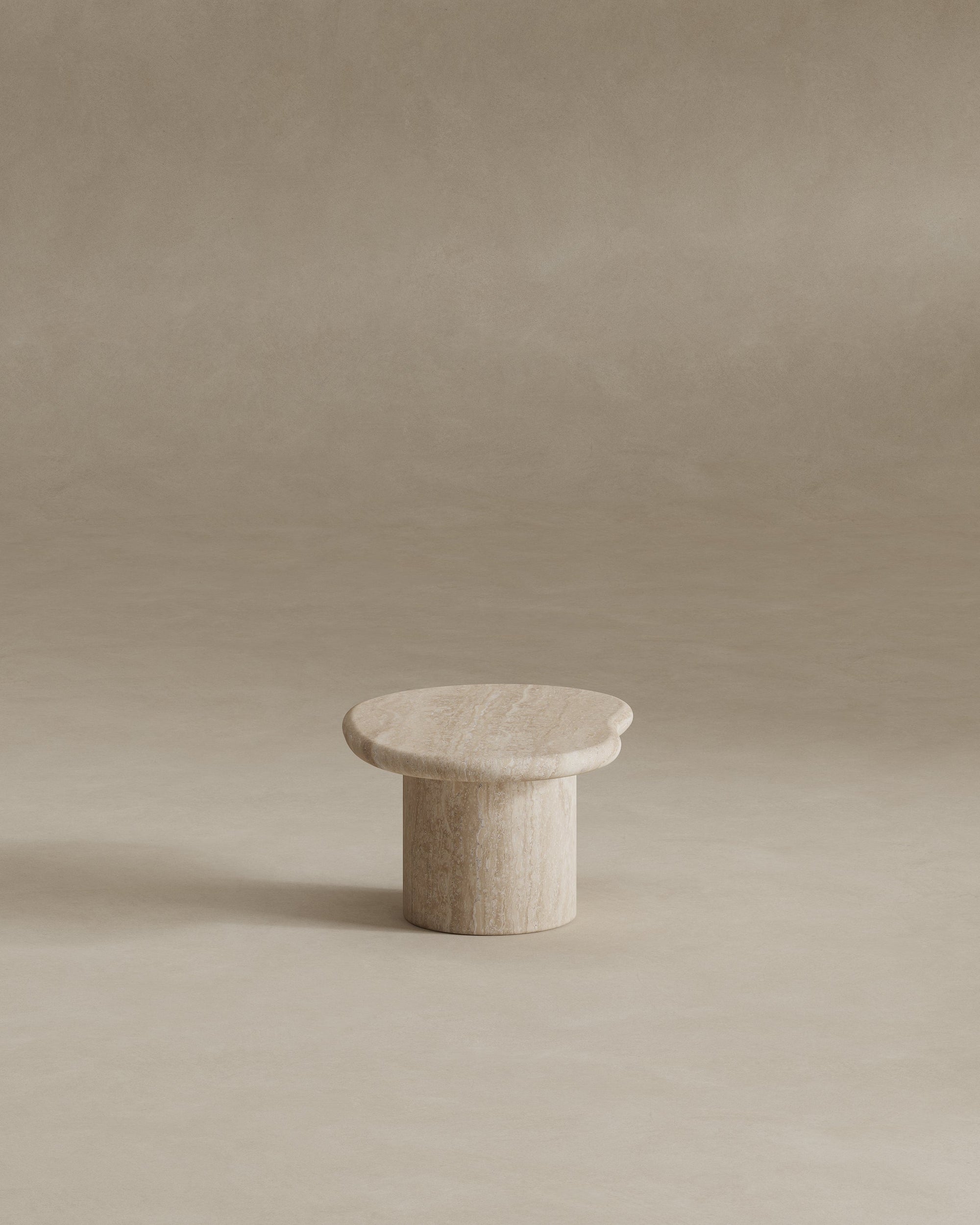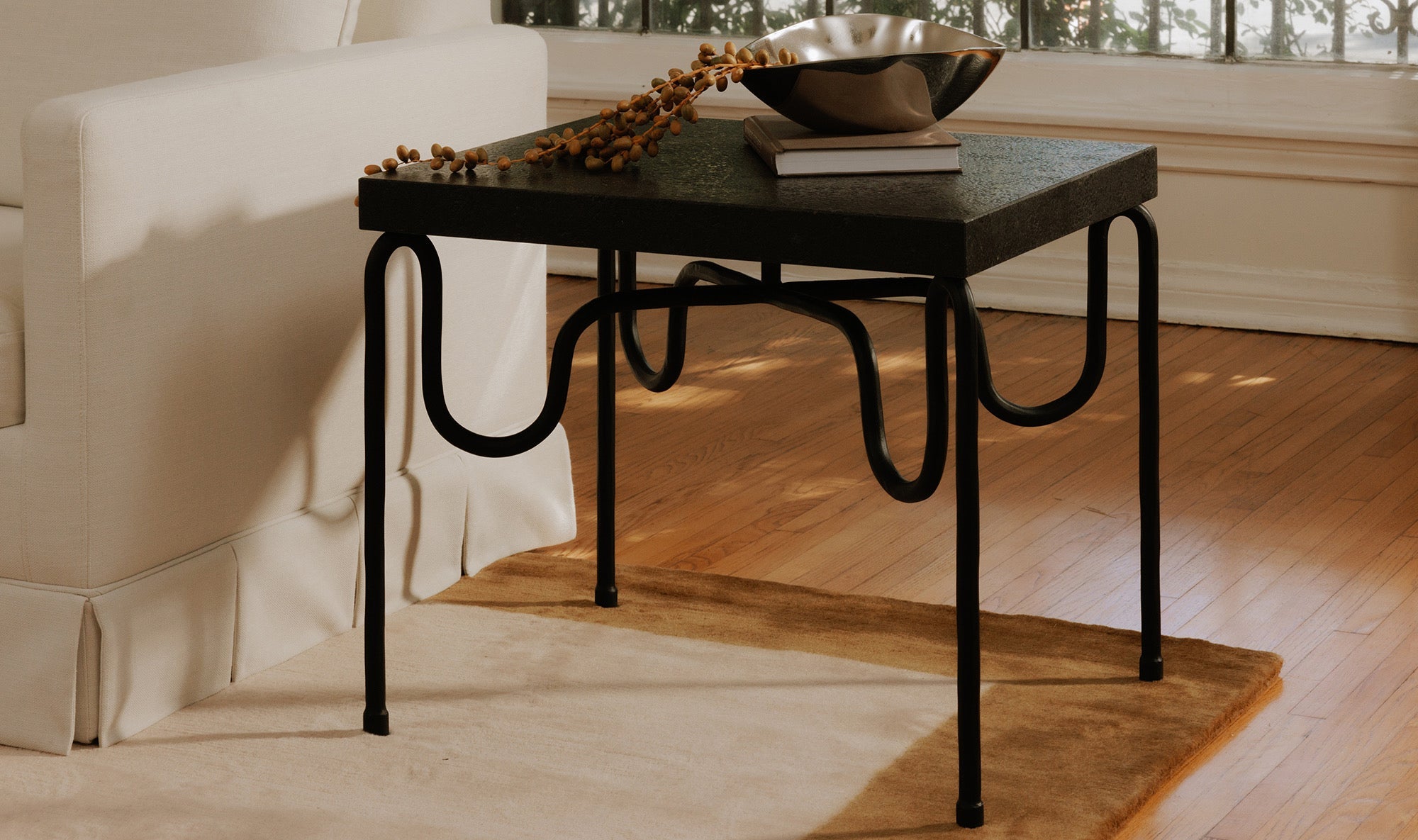Side tables are usually small tables but it pretty useful in our daily lives.
Determining the ideal height for a side table is a nuanced decision that involves a combination of aesthetic considerations and functional needs.
The height of a side table can significantly impact the overall design and functionality of a space, whether it's placed next to a sofa, chair, or bed.
In this exploration, we will discuss how tall should a side table be and how to strike the perfect balance between form and function.
DISCOVERING THE PERFECT HEIGHT
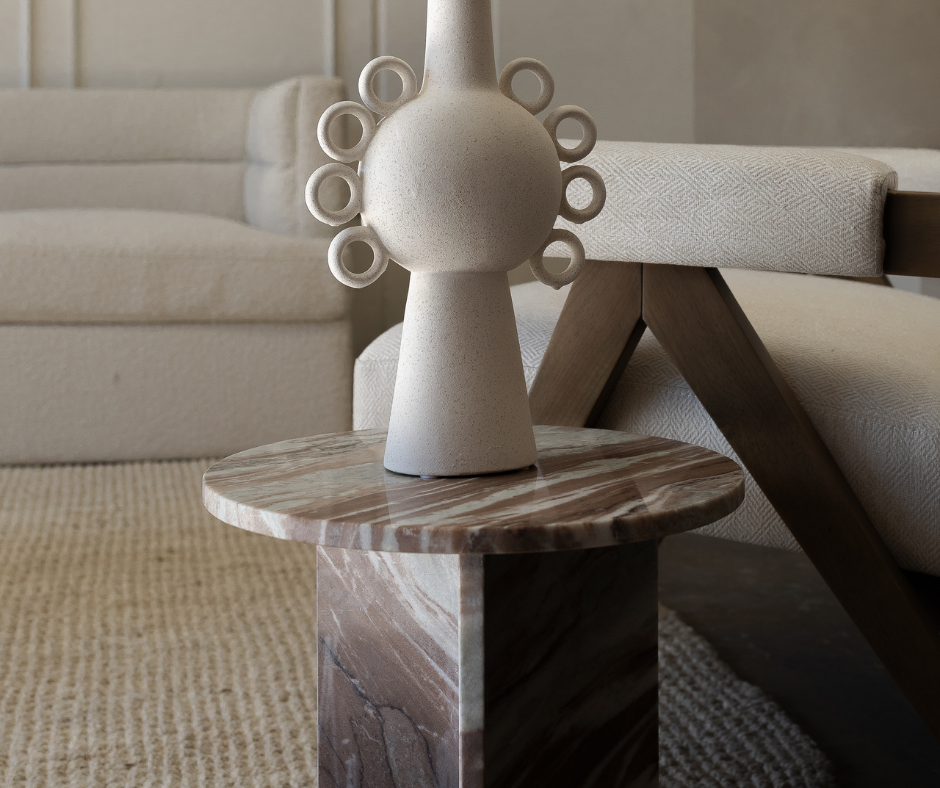
The perfect height for a side table is a careful balance between functionality, aesthetics, average width and the specific needs of the space it inhabits.
Ideally, the side table should align with the armrests of the adjacent seating, ensuring easy access to items without awkward reaching or bending.
This creates a seamless visual flow, enhancing both the usability of the table and the overall design harmony in the room.
Considerations such as the room's proportions, the surrounding furniture, and personal comfort play pivotal roles in determining the optimal height.
Striking this delicate balance ensures that the side table not only complements the style of the room but also serves its intended purpose with effortless grace, becoming a seamlessly integrated and indispensable element of the living space.
6 KEY STEPS TO GUIDE YOU IN FINDING THE IDEAL HEIGHT OF YOUR SIDE TABLE
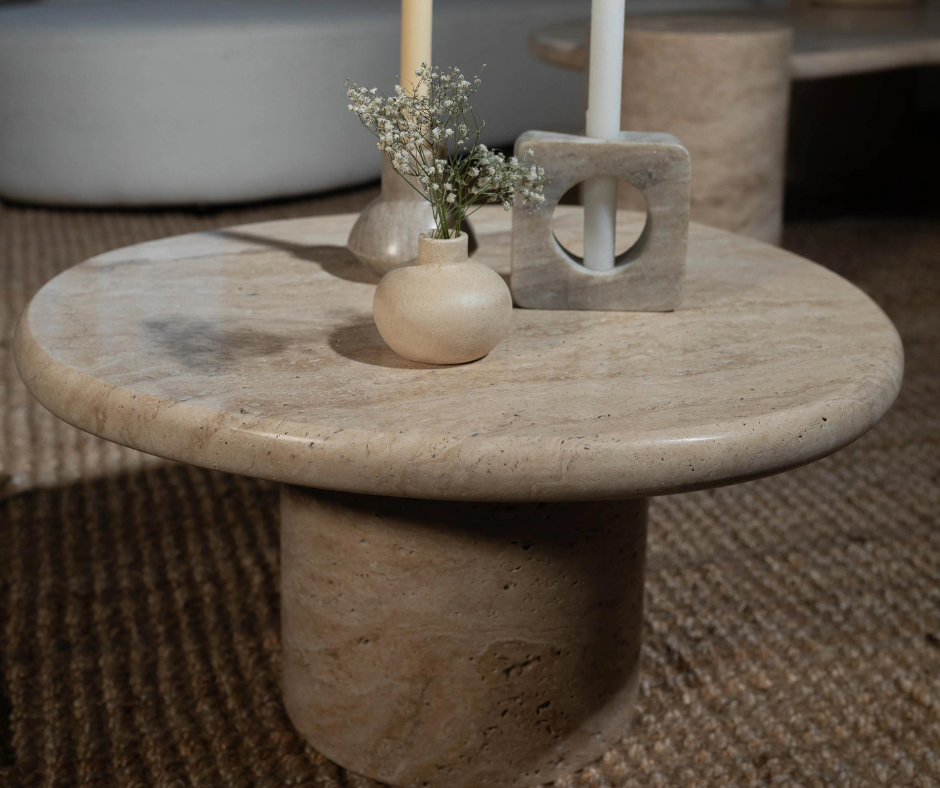
CONSIDER THE SEATING ARRANGEMENT
The first step is to evaluate the seating arrangement where the side table will be placed. If it's intended for use next to a sofa or chair, aim for a height that aligns with the armrest of the seating furniture.
This ensures a seamless and visually pleasing transition between the furniture and the side table, allowing for easy access to items.
MEASURE EXISTING FURNITURE
Measure the height of the sofa arms as this will be a key reference point for determining the ideal side table height.
The goal is to maintain a level surface that facilitates convenience and functionality. Ensure that the side table is neither too high nor too low in comparison to the seating.
CONSIDER THE ROOM'S AESTHETIC
Take into account the overall design and aesthetic of the room. The side table should complement the surrounding furniture and decor with right style.
In contemporary settings, lower-profile side tables with clean lines may be preferred, while in more traditional spaces, taller tables with ornate details could be a better fit.
THINK ABOUT FUNCTIONALITY
Evaluate the intended function of the side table. If it's primarily for decorative purposes, such as displaying artwork or floral arrangements, you have more flexibility in choosing the height.
However, if it's a functional piece for holding items like table lamp, books, or beverages, prioritize a height that facilitates easy access and usability.
CONSIDER PERSONAL COMFORT
Your comfort and ease of use should be paramount in selecting the side table height. If you frequently reach for items on the table, such as a cup of coffee or a book, choose a height that aligns with your natural range of motion.
Personal comfort ensures that the side table not only looks good in the room but also enhances the functionality of your daily activities.
EXPERIMENT AND VISUALIZE
Finally, don't be afraid to experiment and visualize different height options.
Place objects of varying heights next to your seating furniture piece to get a sense of what feels most comfortable and visually appealing.
If possible, use temporary items or adjustable tables to test different heights before making a final decision.
FREQUENTLY ASKED QUESTIONS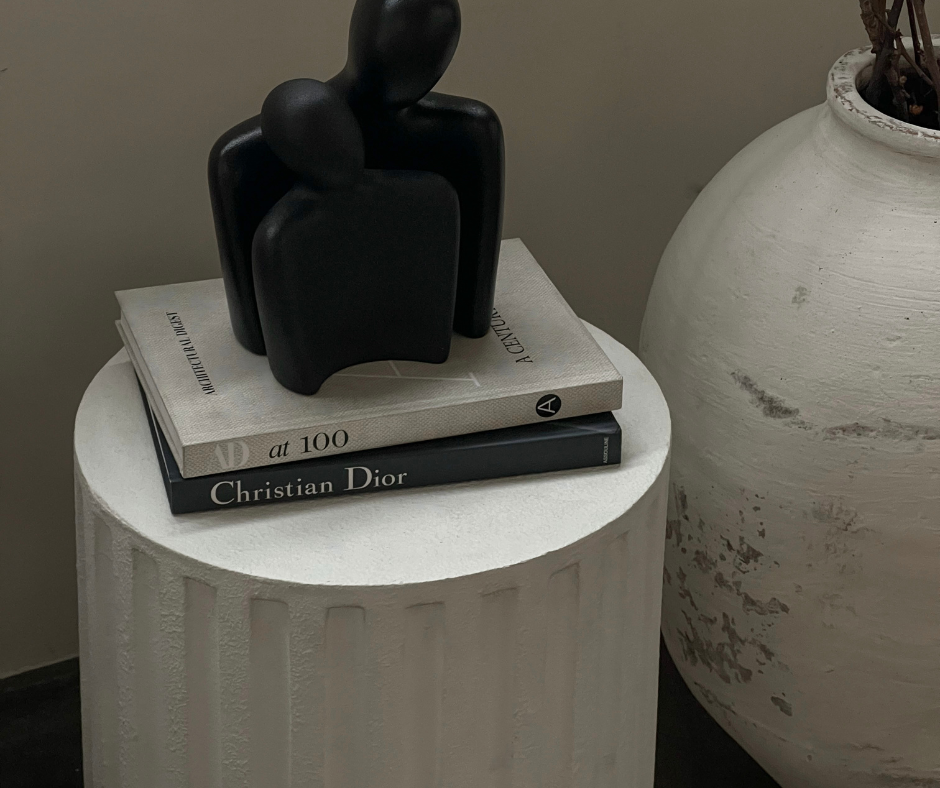
WHAT IS THE PURPOSE OF A SIDE TABLE?
Whether it be in a living room, office, or bedroom, side tables serve both functional and decorative purposes.
They provide a convenient surface for placing items like drinks, books, or lamps while also contributing to the overall aesthetic of a room.
HOW DO I CHOOSE THE RIGHT SIDE TABLE FOR MY SPACE?
Consider the size and shape of your room, the existing furniture, and your own personal style.
Choose a side table that complements the design of the space and fulfills your specific needs. It can be helpful to select a style that works with your coffee table.
WHAT ARE SOME POPULAR MATERIALS FOR SIDE TABLES?
Side tables come in a variety of materials, including wood, metal, glass, and acrylic. The choice of material depends on your personal style, the existing decor, and the desired level of durability.
HOW DO I STYLE A SIDE TABLE TO ENHANCE ITS AESTHETIC APPEAL?
Consider incorporating a focal point, layering objects of varying heights, using decorative trays or books, adding greenery, and including personal items.
The goal is to create a visually appealing and balanced arrangement.
WHAT HEIGHT SHOULD A SIDE TABLE BE IN RELATION TO THE SEATING FURNITURE?
A general guideline is to choose a side table that is approximately the same height as the sofa's arm height.
This ensures easy access to items on the table. It is best to choose a side table depth that complements the furniture it accompanies and allows for practical use.
HOW FAR SHOULD MY SIDE TABLE BE FROM OTHER FURNITURE?
The ideal distance between a side table and furniture is a nuanced consideration, shaped by the functional role of the table and the overall layout of the room.
When placed next to seating furniture, such as a sofa or chair, the side table should be within arm's reach to facilitate easy access to items like drinks or reading materials.
HOW DO I CLEAN AND MAINTAIN MY SIDE TABLE?
The cleaning and maintenance of an end table depend on its material. Generally, a soft, damp cloth is suitable for regular cleaning.
Avoid harsh chemicals on delicate surfaces and follow specific care instructions for materials like wood, metal, or glass.
CAN I MIX AND MATCH SIDE TABLES IN A ROOM?
Mixing and matching end tables can add visual interest to a space, as long as there's a unifying element such as color, style, or shape.
Experiment with different designs to create a unique and eclectic look. Multiple side tables will create dimension and character for any room.
WHAT ARE SOME CREATIVE USES FOR SIDE TABLES BEYOND TRADITIONAL FUNCTIONS?
An accent table can serve as versatile pieces beyond their conventional roles. They can be used as plant stands, display pedestals, nightstands, or even as a makeshift bar or snack station when entertaining guests.
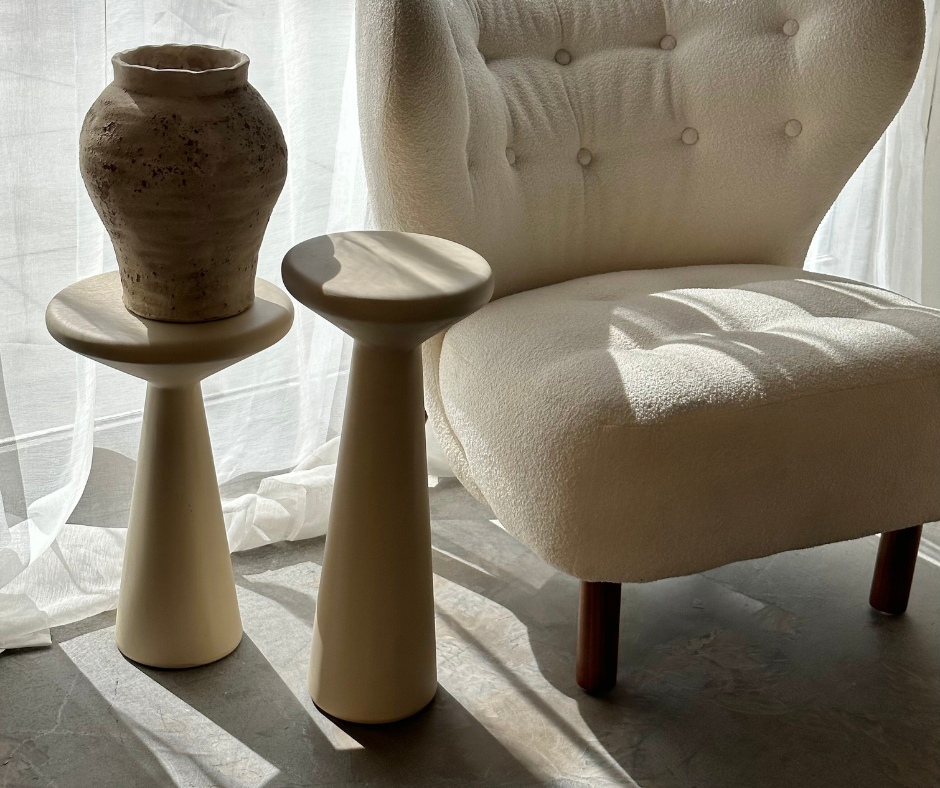
In the quest for the perfect side table height, the delicate dance between form and function unfolds.
As one navigates the considerations of seating alignment, room aesthetics, and personal comfort, the ideal height begins to take shape.
It's not merely a matter of measurement but an intricate interplay of design elements that harmonize with the room's dynamics.
Achieving the perfect height is more than an aesthetic choice; it's a decision that impacts usability, visual appeal, and the overall ambiance of the space
We hope you are inspired to effortlessly discover your perfect design. Explore an array of timeless side table options, including the Column Fluted Side Table, Livella Marble Side Table, Waverly Marble End Table, Tuscani Travertine Side Table, and the Isla Pedestal Round Side Table.

